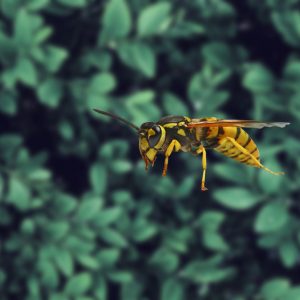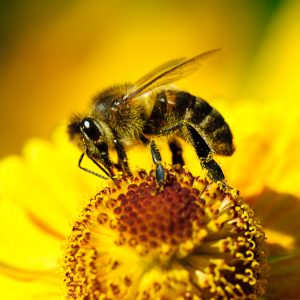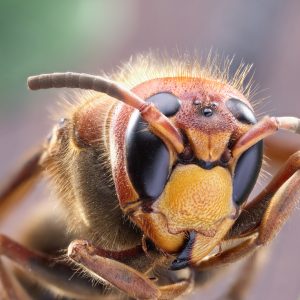You’ll never look at hornets the same way again. It was at the end of 2019 that Washington had sightings of two strikingly unusual hornets. The insects with orange and black marks led to an investigation, uncovering that they were Asian giant hornets. These are the planet’s largest wasps, growing to almost two inches long. The scientific concern is that the hornets may spread throughout Washington and even beyond. This might present an actual threat to American bees, as well as humans.
Where Did They Come From?

Nobody really knows how these hornets made their way into the US. However, there’s no doubt that their arrival has set off alarm bells. The insects were trending on social media calls it the ‘murder hornets’.
These predatory insects are actually native to Japan and East Asia. The suspicion is that they might have made their way to the US in shipping containers, by accident. These hornets are already an invasive species in South Korea and some other nations. They have an infamous reputation for decimating the population of honeybees.
The Threat to the Bees

Honeybee colonies are under threat and this isn’t new to us. We are aware of the crucial role the honeybees have to play in the ecosystem. The Asian giant hornets form in colonies of one queen and many workers that fly dozen of miles in search of food. While the wasps eat a variety of insects, they particularly enjoy a feast of bees.
When the wasps encounter bees, the mode of attack involves a slaughter phase, during which the wasps bite off the heads of the bees. In 90 minutes, a small number of Asian hornets are able to destroy an entire honeybee colony. After the slaughter-phase comes the feeding and the hornets occupy the honeybee’s nest for a week or longer to feed on the pupae and larvae.
There is no defense mechanism that the European honeybees have against this ‘murder hornet’. It appears the bee stings have no effect on the hornets. In contrast, the bees in the lands from which the hornets are native. It evolves with the hornets, and have a way of protecting themselves. The Japanese bees actually swarm around the hornets and suffocate them to death.
The Threat to Humans
These ‘murder hornets’ have a large stinger and a toxic venom. The stinger delivers this venom to humans when they are stung. The Hornets went on to cause the deaths of people in their native habitats. In Japan, about 30 to 50 people die every year from the Asian giant hornet stings. The sting attack generally happens when people come close to the hives of the hornet or when they disturb the hives in some way. In Nanaimo Canada, there is a complete hive of the Asian giant hornets was found. However, they went on to destroy it in late 2019.
Ending the Spread

In the event that the Asian giant hornets don’t leave the US in the next few years, it will be too late to do anything. And the spread of the hornets across the US will be unstoppable. The sighting of the two bees in 2019 tells us that there is a colony nearby.
Researchers have the job of setting out to find these hornets by setting up lures to capture emerging queens. The nests of the hornets go dormant every winter and if queens did not mate, they disperse to form new hives. By capturing emerging queens, the researchers can halt the spread of the hornets across the nation. In summer, hundreds of traps have to be set out to continue capturing queens and workers from establishing nests. Another idea in the proposal is to attach radio-transmitting collars onto the wasps. This will help find the colonies and destroy them to avoid further infestation.
Ever since these large and unusual hornets hit the news in the US, researchers have been getting emails and communications from citizens around the world. Spotting it is worrying people on what this could mean to their neighborhood. The researchers are urging people to learn how to spot the Asian giant hornet. Besides reducing the panic, it will also help them avoid confusing it with the European hornet which does appear similar. This is because the European hornet doesn’t pose a huge threat as the Asian giant hornet does and it isn’t aggressive either. However, if the Asian hornets continue to spread, it will be a tough challenge to stop the spread. But there is a good chance it can be done.





